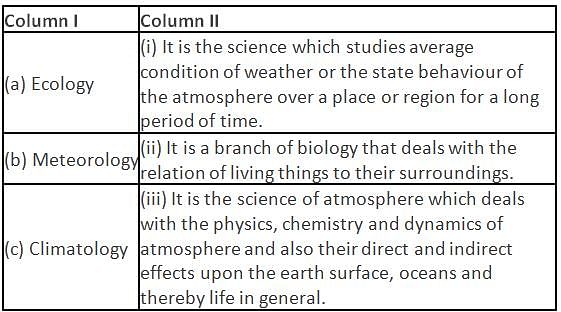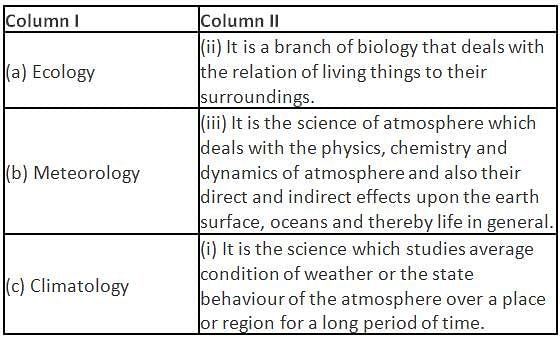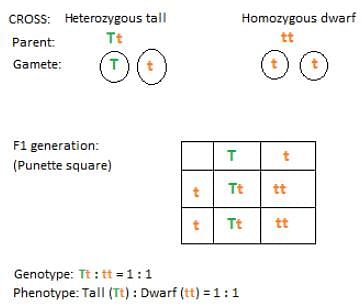Agriculture: CUET Mock Test - 4 - CUET Humanities MCQ
30 Questions MCQ Test - Agriculture: CUET Mock Test - 4
Choose the option that represents the correct match for the following:


An ecosystem consists of biotic and abiotic components. The main source of their energy is
| 1 Crore+ students have signed up on EduRev. Have you? Download the App |
Which of the following are the single-membrane bound cell organelles?
An important objective of biotechnology in agriculture section is to
Which of the following are considered important energy sources?
Fungi are considered saprophytic organisms. Which of the following is/are the source(s) of obtaining food for fungi?
Why is extra heat provided artificially to the newly born chicks?
The removal of sexual organs of a male animal to hinder progeny in animal breeding is known as:
________ protects cattle from various infectious diseases.
When water is applied to the cropland without any preparation of land and without any levees to guide or restrict the flow of water on the field, the method is called:
Which of the following options is true with respect to the statements given below?
Statement A: Infiltration rate in soil science is a measure of the rate at which soil is able to absorb rainfall or irrigation.
Statement B: The rate increases as the soil becomes saturated.
Which of the following is/are major fibre crop(s) grown in India?
Which of the following statements is/are not correct with respect to wind velocity?
A. It does not cause soil erosion.
B. It increases evaporation.
C. It causes the spread of pest and diseases.
In peas, tall plant trait is dominant over dwarf. If a heterozygous for tall is crossed with one homozygous for dwarf, what will be the appearance of the offspring of a cross of F1?
Development of shoot and root in tissue culture is determined by
Algae usually contains a green pigment for photosynthesis. Which of the following algae does not contain the green pigment for photosynthesis?
Fungi are characterised by the absence of _____ and hence are heterotrophic.
Foot and mouth disease in cattle is caused by a/an





















